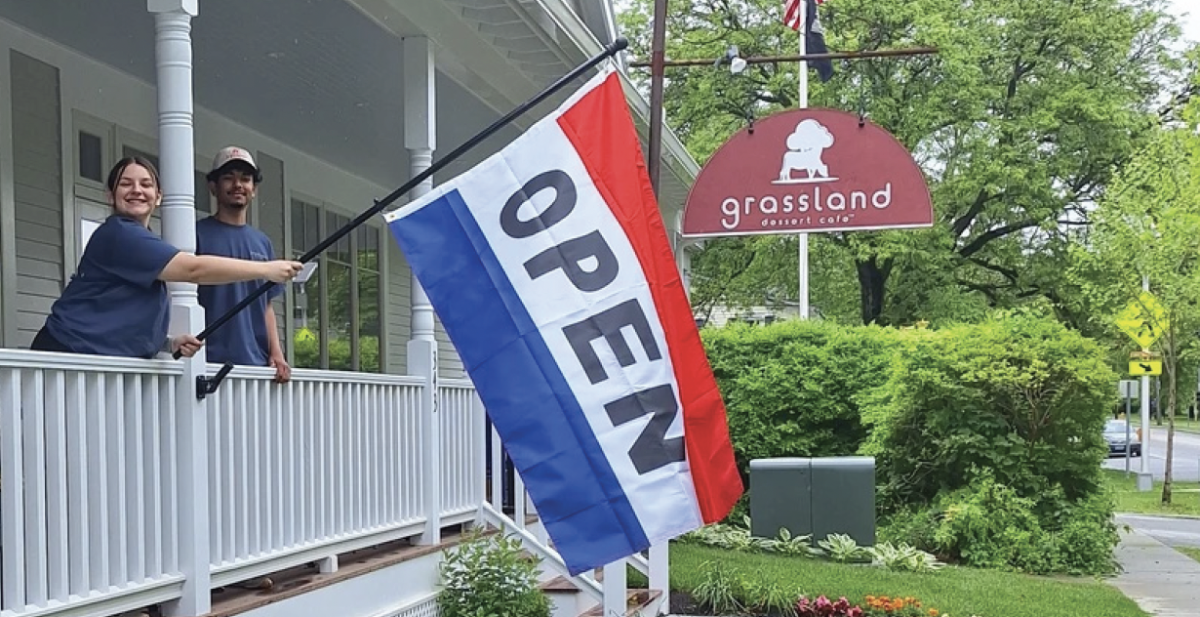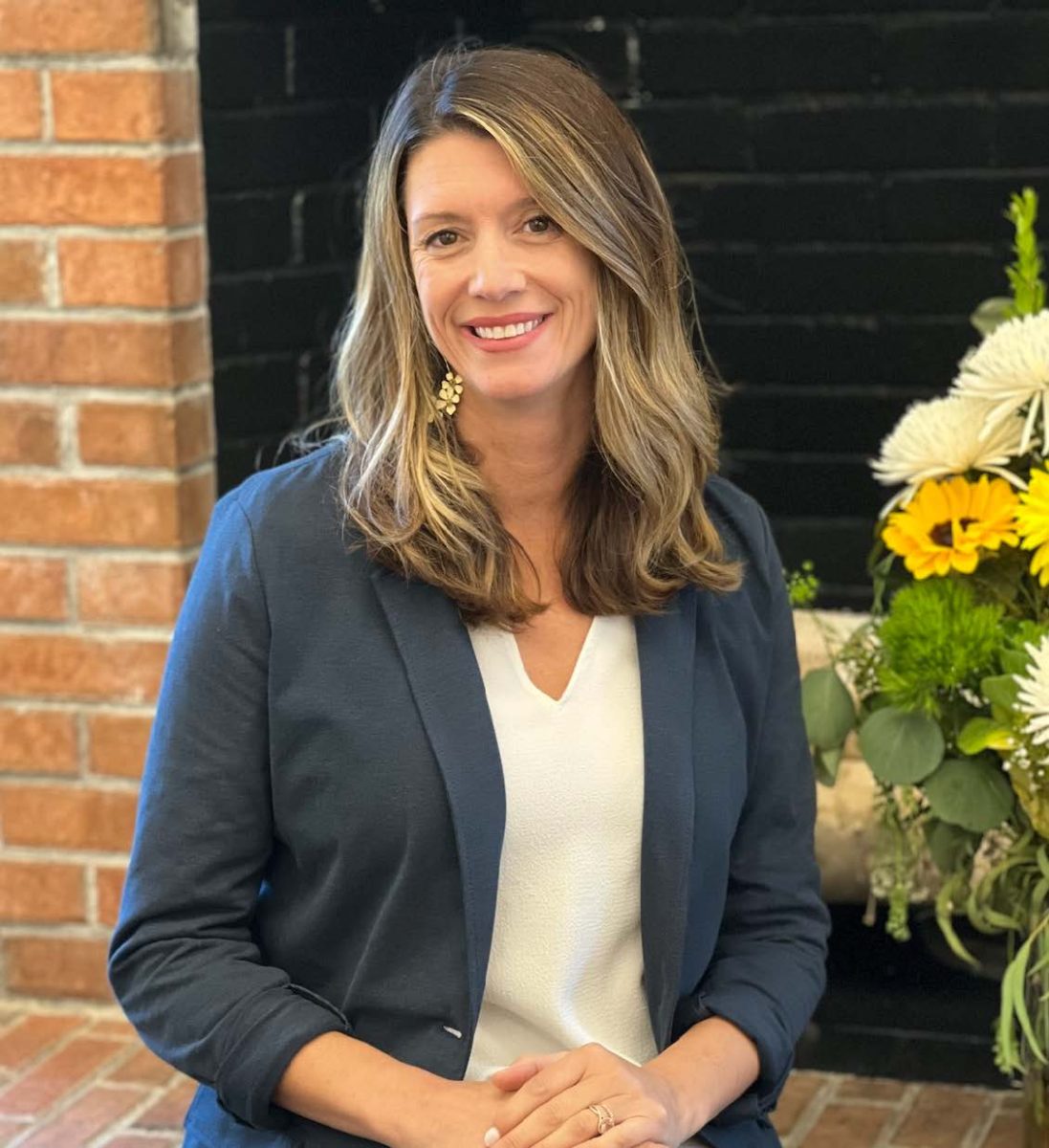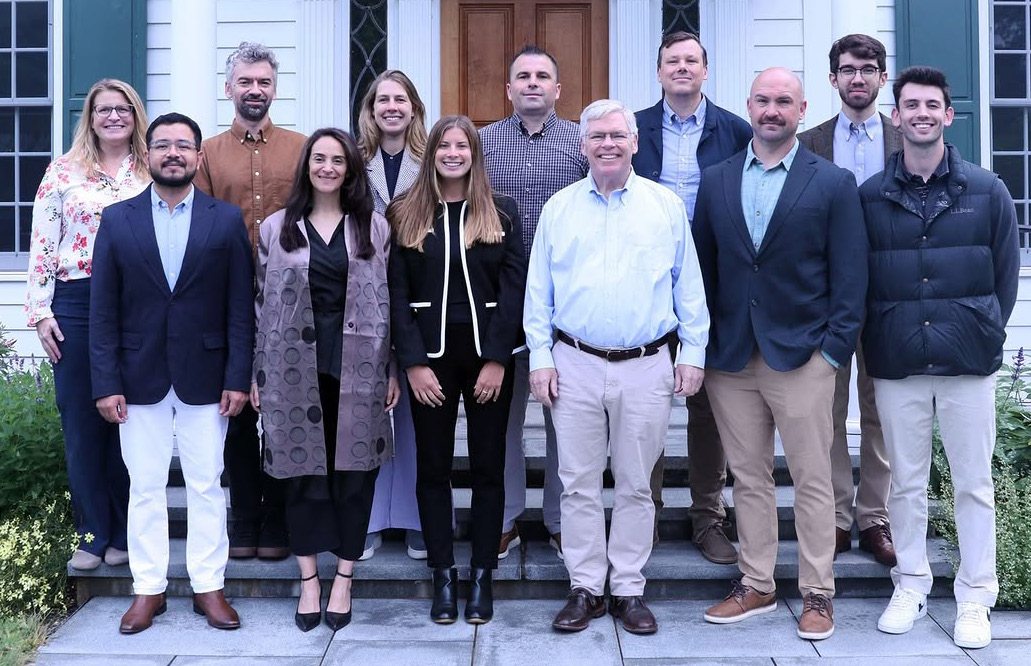In 1951, the Ford family donated $350,000 to the school to build a new library in memory of Edsel Ford. Mr. Ford, was president of Ford Motor Company from 1919 until his death in 1943. The Edsel Ford Memorial Library took the place of the school’s original first-floor reading room.
Henry S. Waterbury, the architect who designed the New York Public Library reading room, was hired to design the new library. The cornerstone, which contained a box of items important to the school community, including a graduation issue of The Record and an English IV exam, was laid in June 1951.
Construction finished in 1952. Upon its completion, the building had three floors — the first floor contained classrooms, the second floor housed the library’s collections, and the third floor served as the school’s first art studio. The first floor, which currently houses the IT service desk and the Sprole Reading Room, was not included in the 1952 design but originally served as a hallway to the Dining Hall.
In the spring of 1970, Henry Ford II ’36, son of Edsel Ford, matched his family’s original donation of $350,000 to renovate the first floor and install microfilm machines.
Mrs. Caroline Kenny-Burchfield ’77, coordinator of volunteer programs, who arrived at the school in 1974, said, “It was awe-inspiring. I had never seen a space like this before. It was the heart and soul of our community. It really was one of the centerpieces of the campus, without a doubt.”
In 1981, after nearly ten years of planning and fourteen months of construction, the school expanded the library to its current footprint, including the Sprole and Frantz Reading Rooms and a fourth floor.
In 1999, the first floor was renovated to include a teaching and reference center, the predecessor of the school’s Teaching and Learning Center (TLC).
Ms. Kim Gnerre, assistant director of the Edsel Ford Memorial Library, joined the Library staff in 2000. She said, “I just thought, it was huge. Most school libraries are not this big.”
While the size of the building has stayed at 25,000 square feet since 1981, the facilities and collections have grown. In 2008, Edsel’s son, William C. Ford, Sr, class of 1943, gave a gift to significantly upgrade and increase the sustainability of the library by adding new climate control systems, lighting, and wiring.
Over the years, changes in technology have impacted the ways in which the library provides resources. Over the years, microfilm machines turned into VHS tapes, then DVDs, then finally subscriptions to streaming services.
While the print book collection has shrunk, the library’s online databases have grown from just under 20 in 2000 to over 75 in 2023, and three e-book collections and access to the inter-library loan system has given students access to over a million digital titles.
In 1992, the first BearCAT system, a classic black-screen, green-letter character-based system was introduced. Ms. Gnerre said, “[At first], we had to house all the memory and all the data for our databases in a server in the closet in the back room, and back it up by tape every night. It wasn’t until 2015 that we changed to a new open source system, with the memory housed off-site with a vendor.”






